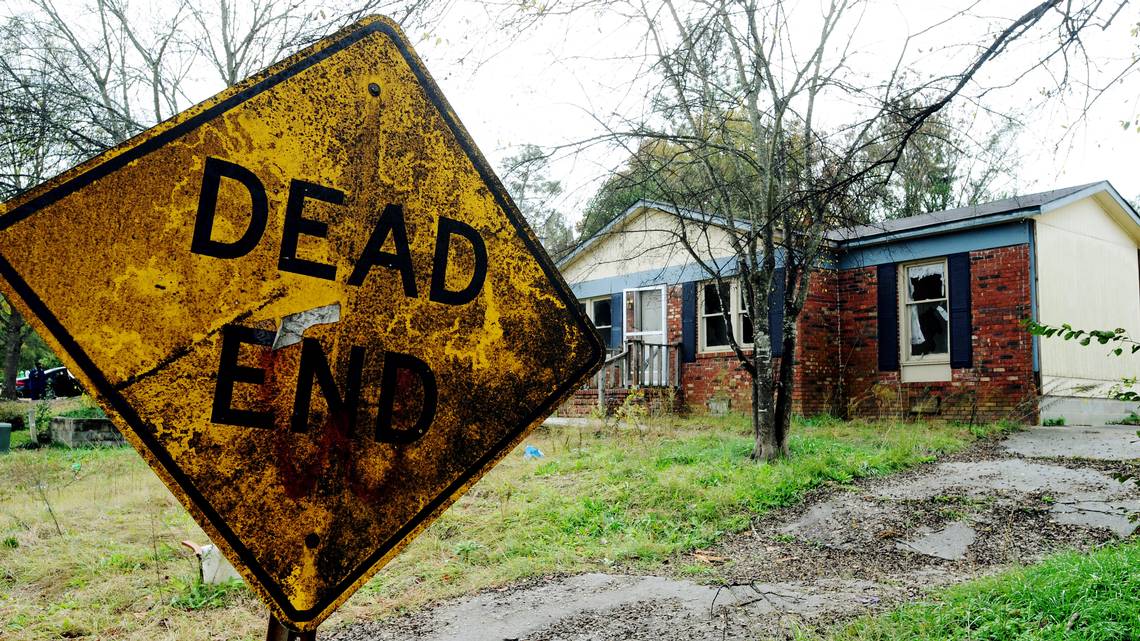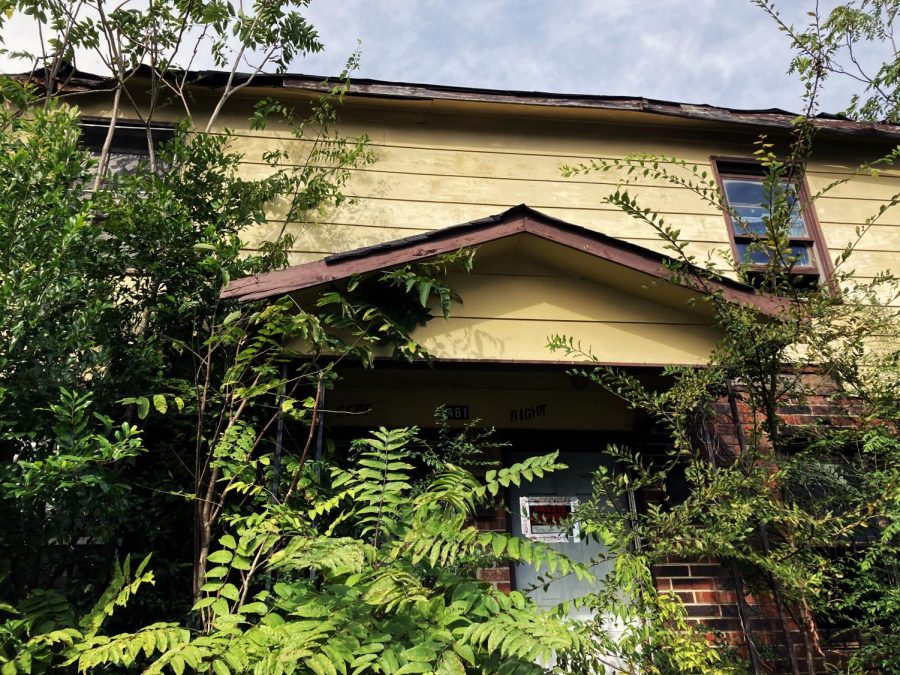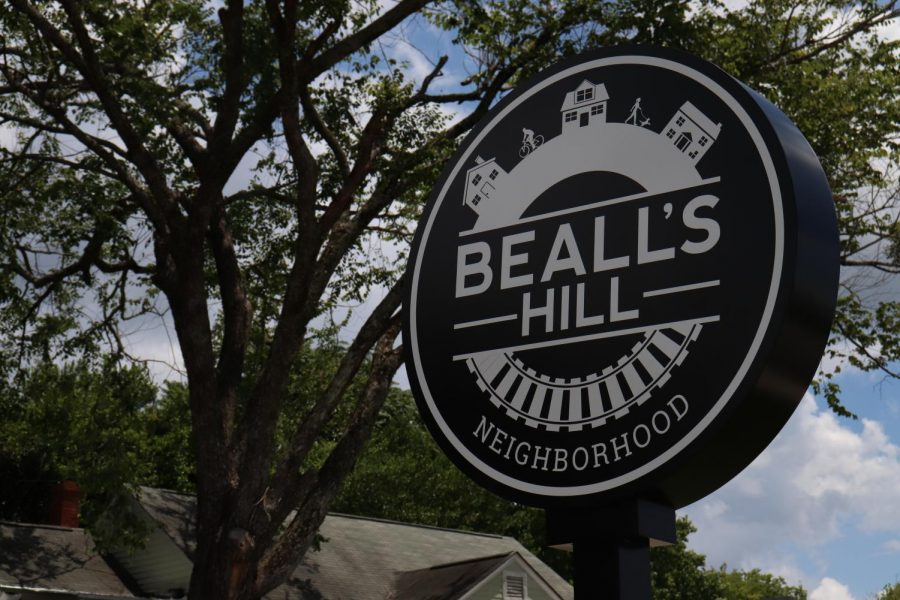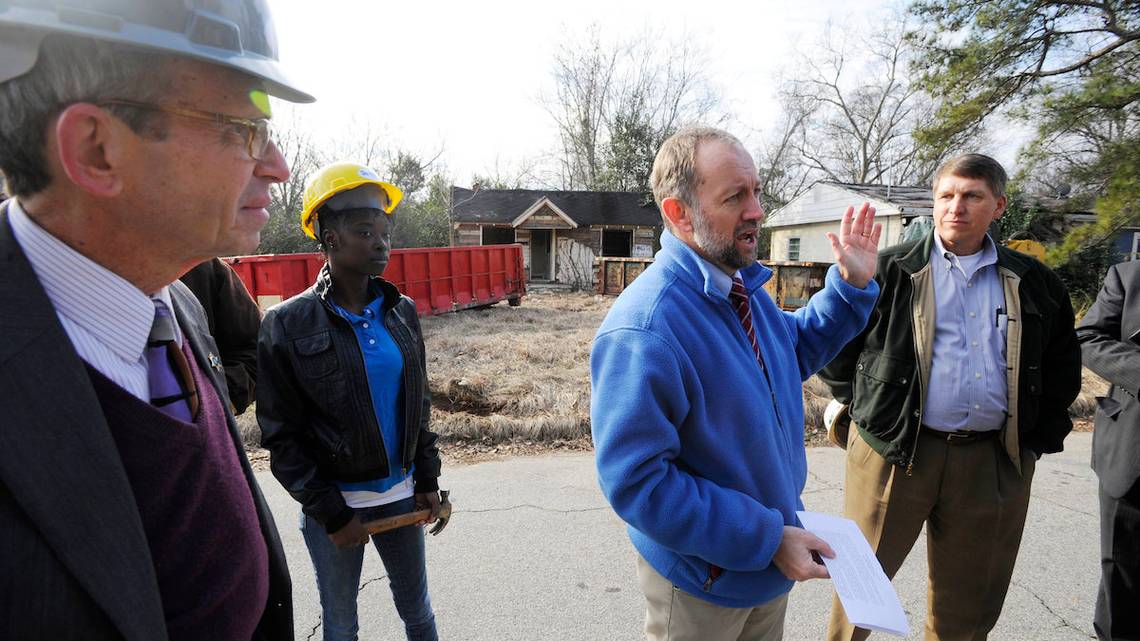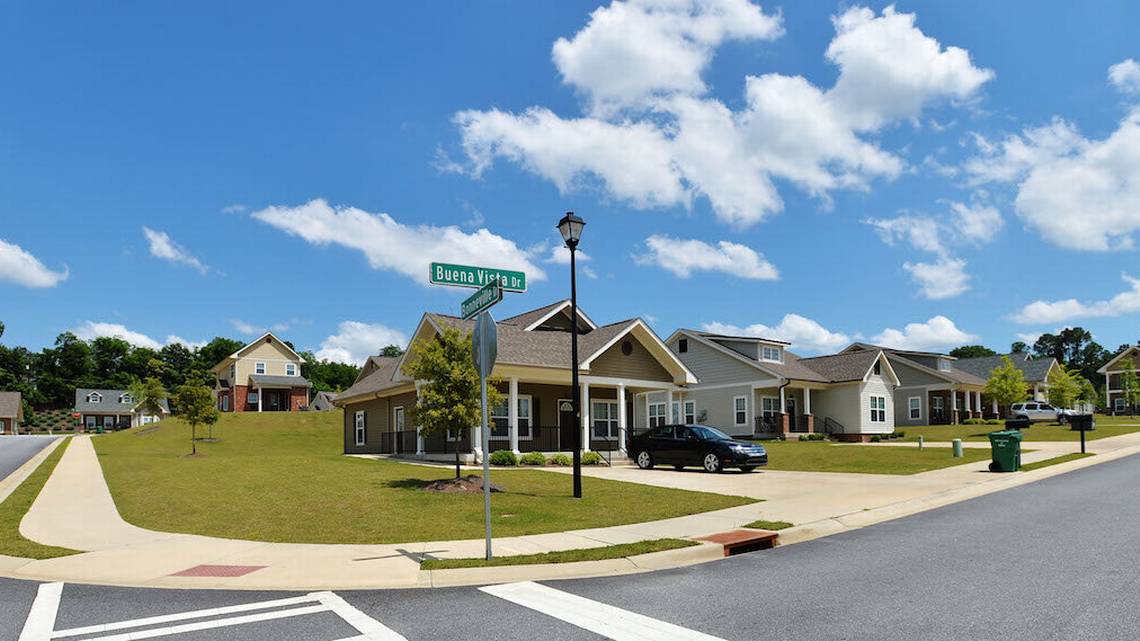It’s the house with the missing front door. Or maybe the one with a yard full of weeds and junk cars. Or maybe the old school with great bones but little hope for a new purpose.
These problems might put a property on the code enforcement office’s radar, but it’s harder to say whether it is blighted.
“Be very careful with the word ‘blighted,’ because there is no common definition,” said Frank Alexander, an Emory University law professor and expert on combatting blight. “I discovered there was 78 different legal definitions of blight, and none of them ultimately made any sense.”
Neither the federal Housing & Urban Development office nor the state’s Department of Community Affairs has a formal definition of blight.
“You know it when you see it,” said Alison Tyrer, a spokeswoman for DCA. Without a common definition, it’s hard to quantify when a problem exists.
Alexander, who co-founded the Center for Community Progress — a nonprofit focused on helping governments deal with vacant and substandard property — said things such as property tax delinquency, housing and building code violations, and properties with fractured title or unclear ownership can be early indications that a property will become a problem. As the center’s work has evolved, the indicators have too.
“We’ve got a little more sophisticated. We’re looking for utility cutoffs. … That’s a pretty good sign of a vacancy and probably abandonment,” Alexander said. “If I’ve got delinquent taxes, code violations, utility cutoffs, (the) odds are pretty high that piece of property is imposing dramatic costs on the neighborhoods and the local government.”
Alexander also said cities with widely acknowledged blight problems share a similar set of circumstances: serious population loss and economic decline in a relatively compressed amount of time.
“In the decade of the ‘70s, ‘80s or ‘90s, we would see population loss, employment loss. And when you see that, it follows quite rationally and logically there is going to be abandoned property,” Alexander said. “Property values begin to decline, the price point for fixing something up and reselling it becomes negative, so as I see that, I fully expect to see property taxes heavily delinquent, and I also expect to see housing and building code enforcement being largely ineffective.”
These indicators are a mixed bag for Bibb County, which has a superior record of property tax collection but has seen serious population loss in its inner core.
“Here in Bibb County, we run between 98 and 99 percent (property tax) collection rate,” Tax Commissioner Thomas Tedders said. “Even (the owners of) a lot of the blighted properties pay their taxes, because most of them are rental properties and the owners know if they don’t pay their taxes, we’ll take it. … We’ve worked really hard to make that collection percentage.”
Between the 1970 and 2010 census, Macon’s population dropped from 122,423 to 91,351 — a 25 percent loss. During that same time, the overall county, including Macon, posted growth of 8.5 percent, from 143,418 to 155,547 residents.
This population shift doesn’t match the changes seen in cities with widely acknowledged blight problems such as Detroit; Buffalo, New York; and Cleveland. Those cities all experienced population losses of more than 37 percent while also losing population in their respective outlying counties.
“The degree of abandonment, the magnitude of the inventory is quite different in those jurisdictions,” Alexander said.
He said vacancy rates also are an indictor, but that’s just part of the overall picture.
Between 1970 and 2010, Bibb’s vacancy rate, which includes homes waiting to be rented or sold, has jumped 160 percent. In 1970, the county had 2,761 vacant properties. In 2010 the number was up to 7,191.
This is on par with vacancies in blighted cities such as Detroit, which has seen its rate jump 153 percent during that same time. Buffalo saw a 155 percent increase in vacancies, and Cleveland was at 153 percent.
Those rates, however, also include homes that are only seasonally vacant or in good condition but just awaiting a new owner or tenant. It’s usually the string of vacant, abandoned properties in closer proximity that are more of a concern.
“You see that once a community or a street or a city block begins to experience one, two, three houses that are abandoned, vandalized, deteriorating and burned, then that contributes to a rapid cycle of decline,” Alexander said. “It’s not just the residential. It is most obvious there, but it’s also in the small, little shopping centers.”



